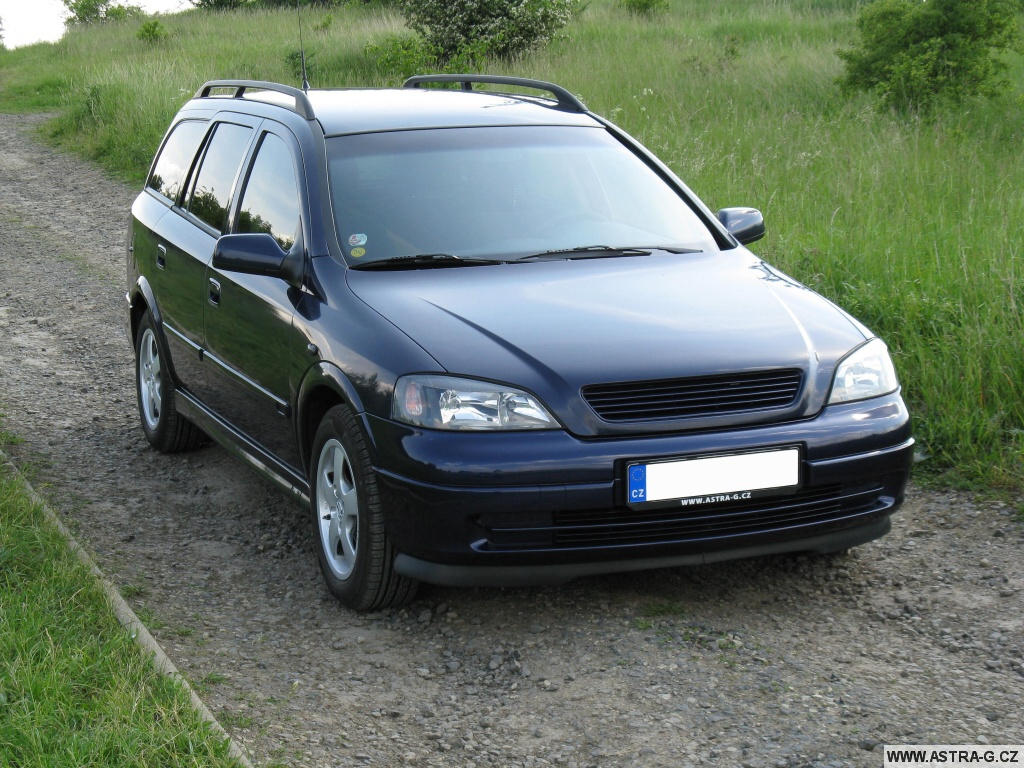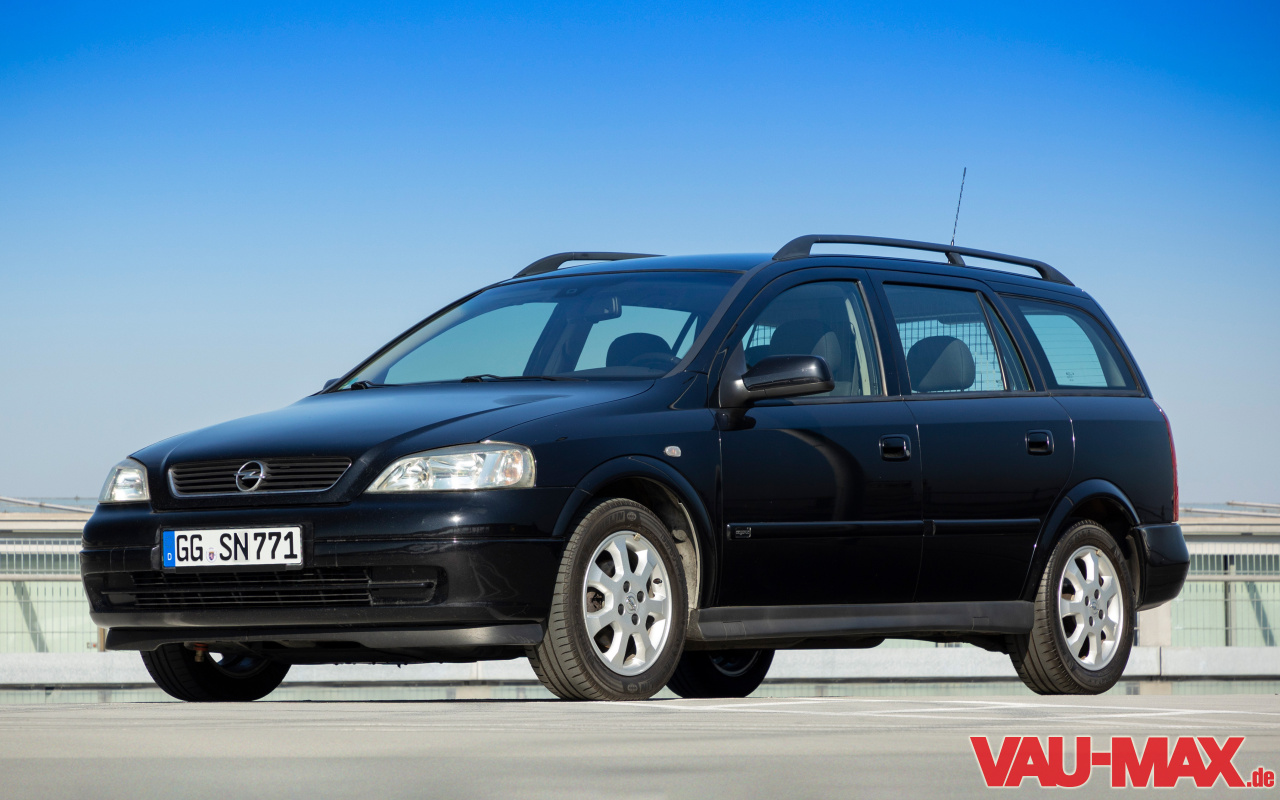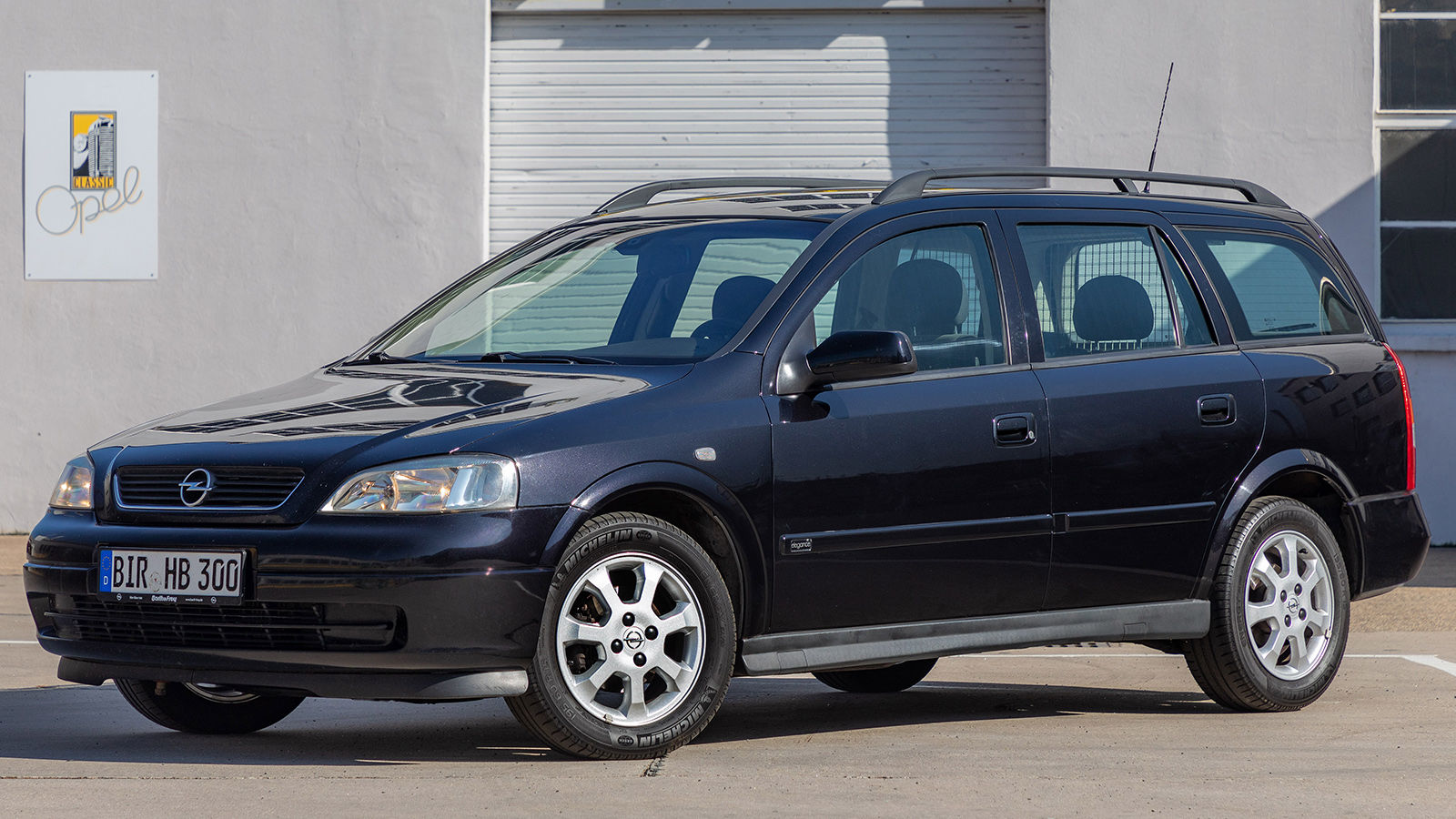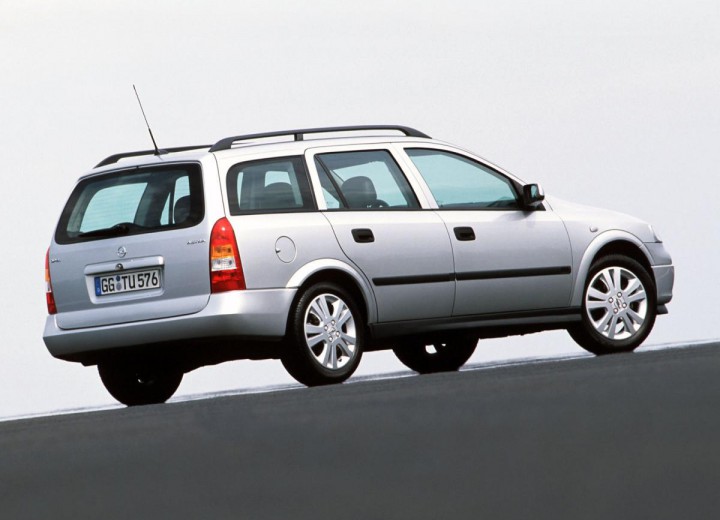The Opel Astra G Caravan: Technical Data You Need to See
The Opel Astra G Caravan. A name that conjures images of practical family transport, reliable workhorses, and a touch of European charm. While the Astra G in its various forms – hatchback, sedan, and especially the Caravan (estate/wagon) – has been a staple on European roads for years, understanding its technical specifications is crucial for anyone considering buying, maintaining, or simply admiring this enduring model. This article dives deep into the essential technical data of the Opel Astra G Caravan, providing you with the information you need to make informed decisions.
Engine Options: Powering Your Astra G Caravan
The Opel Astra G Caravan offered a diverse range of engine options catering to various needs, from fuel efficiency to performance. Understanding these options is critical for choosing the right Astra G for your specific requirements. Here’s a breakdown of common engine choices:
Petrol Engines:
- 1.2i 16V: Entry-level engine, focused on fuel economy.
- 1.4i 16V: A step up in power, offering a balance of performance and efficiency.
- 1.6i 8V & 16V: Offered in different power outputs; the 16V variant provides better performance.
- 1.8i 16V: A more powerful option, suitable for longer journeys and carrying heavier loads.
- 2.0i 16V: The sporty option, found in the GSi and OPC models, delivering significantly higher performance.
Diesel Engines:
- 1.7 DTI: A popular choice for its fuel efficiency and reliability.
- 1.7 CDTI: An evolution of the DTI, offering improved performance and refinement.
- 2.0 DTI: Provides a good balance of power and fuel economy, suitable for heavier loads.
Key Considerations for Engine Choice:
- Fuel Consumption: Diesel engines generally offer better fuel economy than petrol engines.
- Performance: The 1.8i 16V, 2.0i 16V, and 2.0 DTI engines provide the best performance.
- Maintenance Costs: Diesel engines can sometimes be more expensive to maintain than petrol engines.
- Intended Use: Consider your typical driving conditions (city, highway, etc.) and the loads you’ll be carrying.
Dimensions and Weight: Knowing Your Astra G’s Footprint
Understanding the physical dimensions and weight of the Astra G Caravan is crucial for parking, maneuvering, and determining its cargo-carrying capacity.
- Length: Approximately 4.51 meters (depending on the model year and trim)
- Width: Approximately 1.71 meters (excluding mirrors)
- Height: Approximately 1.46 meters (depending on the model year and trim)
- Wheelbase: Around 2.61 meters
- Weight (Kerb Weight): Varies significantly based on engine, trim level, and options, typically ranging from 1,200 kg to 1,400 kg.
- Cargo Capacity (with rear seats up): Typically around 480-500 liters.
- Cargo Capacity (with rear seats folded): Can expand to over 1500 liters.
Why Dimensions and Weight Matter:
- Parking: Allows you to assess whether the Astra G Caravan will fit in your parking space.
- Maneuverability: Understand how easy the car is to handle in tight spaces.
- Fuel Efficiency: Heavier vehicles generally consume more fuel.
- Cargo Capacity: Crucial for determining if the car meets your cargo-carrying needs.
- Towing Capacity: Dependent on the engine and model, and directly influenced by vehicle weight.
Suspension, Brakes, and Steering: Ensuring Safety and Handling
The Astra G Caravan’s suspension, brakes, and steering systems play a vital role in its handling, safety, and overall driving experience.
Suspension:
- Front: MacPherson strut suspension.
- Rear: Torsion beam axle.
- Note: Some sportier models may have slightly modified suspension setups.
Brakes:
- Front: Typically ventilated disc brakes.
- Rear: Typically drum brakes (on some models) or disc brakes.
Steering: Power-assisted rack-and-pinion steering.
Important Considerations:
- Brake Maintenance: Regularly inspect and maintain the brakes for optimal safety.
- Suspension Wear: Suspension components (shocks, struts, springs) wear out over time and should be replaced as needed.
- Steering Feel: The power steering provides a comfortable and responsive driving experience.
Transmission Options: Choosing the Right Gearbox
The Opel Astra G Caravan offered a choice of transmissions, influencing the driving experience and fuel efficiency.
- Manual Transmissions: Primarily 5-speed (most common) with some models offering a 6-speed.
- Automatic Transmissions: Available options include 4-speed automatic gearboxes.
Factors Influencing Transmission Choice:
- Driving Style: Manual transmissions offer more control for enthusiastic drivers.
- Fuel Efficiency: Manual transmissions can sometimes be more fuel-efficient.
- Convenience: Automatic transmissions offer ease of use, especially in city driving.
- Maintenance: Automatic transmissions typically require more specialized maintenance.
Other Technical Data to Consider:
- Fuel Tank Capacity: Approximately 52-56 liters, depending on the model.
- Tyre Sizes: Varies based on trim level and model year; consult the vehicle’s door pillar sticker for the correct size.
- Service Intervals: Follow the manufacturer’s recommended service intervals for optimal performance and longevity.
- Electrical System: 12V electrical system.
Conclusion: Making an Informed Decision
The Opel Astra G Caravan remains a practical and reliable vehicle, and understanding its technical specifications is essential for anyone considering purchasing, maintaining, or simply appreciating this classic estate car. By considering the engine options, dimensions, suspension, brakes, steering, and transmission choices, you can gain a comprehensive understanding of the Astra G Caravan’s capabilities and make an informed decision. This detailed technical data empowers you to choose the right model, maintain it effectively, and enjoy its enduring practicality for years to come.
FAQs: Frequently Asked Questions About the Opel Astra G Caravan
What is the average fuel consumption of an Opel Astra G Caravan? Fuel consumption varies greatly depending on the engine and driving conditions. Generally, petrol engines average between 6-10 liters/100km (23-39 mpg), while diesel engines average between 4-7 liters/100km (40-60 mpg).
What are the common problems with the Opel Astra G Caravan? Common issues include problems with the ignition coil, fuel pump failure, and rust, particularly in older models. Regular maintenance and inspections can help mitigate these issues.
How reliable is the Opel Astra G Caravan? The Astra G Caravan is generally considered a reliable vehicle, particularly the diesel models. Regular maintenance and timely repairs are key to ensuring its longevity.
What is the towing capacity of the Opel Astra G Caravan? The towing capacity varies depending on the engine and model. It is crucial to consult the vehicle’s owner’s manual or the manufacturer’s specifications for the specific towing capacity.
Where can I find more detailed technical specifications for my specific Astra G Caravan model? The owner’s manual is the best source for detailed specifications. You can also find information online through reputable automotive websites and forums dedicated to the Opel Astra G.




